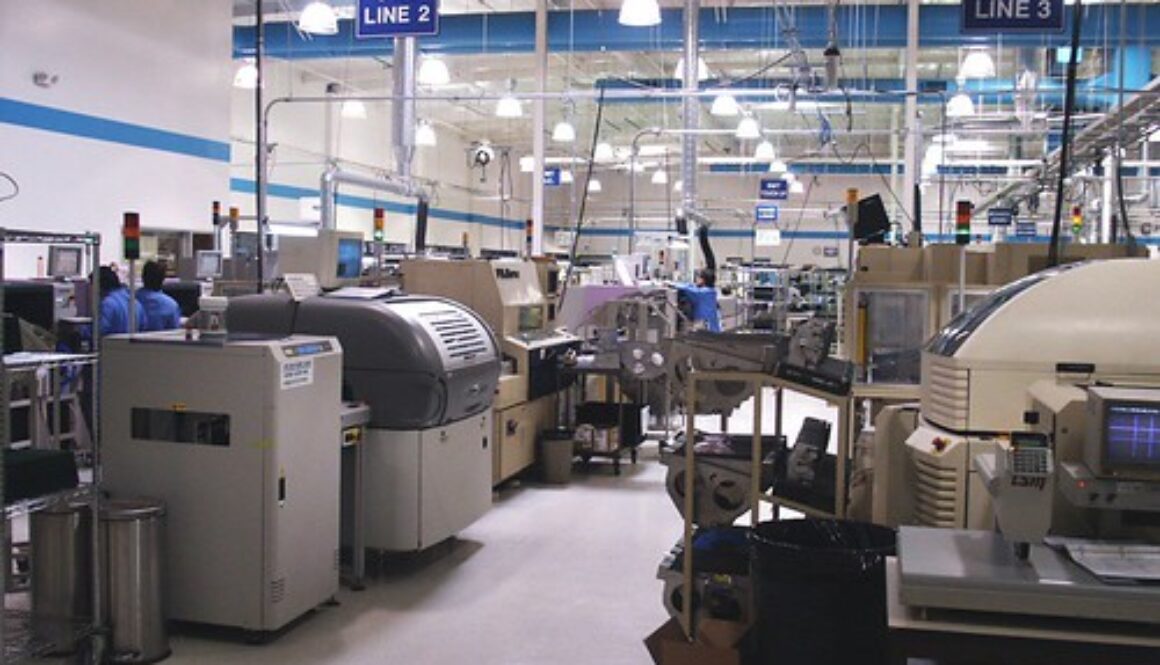Why more companies are moving manufacturing to Mexico: Is this the end of China?
How did China become the factory of the world?
Since the second half of the 1980s and the first decade of the 2000s, Chinese economic policies were implemented that were focused on encouraging trade and consolidating itself as “the Factory of the world.” However, global trade may change this status as more companies continue to consider moving manufacturing to Mexico. One of the biggest drivers that lured global manufacturers to China was its comparatively low labor costs.
However, China gained a global advantage as a manufacturing powerhouse by levying taxes at 0% on exported goods made in China and granted various other exemptions for imported consumer products. As a result, the Asian giant became a paradise for investors and companies seeking an ideal destination for manufacturing with low production costs.
Continued tensions with the US may expedite moving manufacturing to Mexico
For the last several years, China and the United States have been engaged in a difficult moment in their business relationship. Diplomatic, political, and commercial conditions have resulted in a trade war beginning in the Trump administration. Under the current administration, tariffs enacted by President Trump remain in place. Some of the items affected by trade levies are in the following class of products:
- Technology transfer
- Intellectual property
- Innovation
As the two foremost leaders of world trade, the dispute between the two countries has affected the entire globe. Moreover, the conditions make moving manufacturing to Mexico an attractive alternative to making products in Asia.
In addition to the technical issues that include the case of Huawei, the difficulties in the trading relationship between the two countries encompass exports and imports. These items are integrated into the global supply chains of many industries. US businesses are actively seeking to bring their supply chains closer to home. Because of this companies are moving manufacturing to Mexico from China. This is the right moment to make such a move.
Why foreign companies are choosing to move their manufacturing to Mexico
With the existing relationship between the world’s two largest economies, trade experts recognize two positions concerning China’s permanence as the international manufacturing leader:
Young Li, who heads Foxconn, Apple’s leading supplier for the manufacture of its popular iPhone devices, fueled the controversy in 2020 by declaring that the “days of being the factory of the world have finished.”
Along with the above statement by the leader of Foxconn, it recently announced that it would be gradually increasing its production capacity outside of China, considering that as of June 2020, the proportion was already at 30%. Furthermore, in recent years, Foxconn has significantly expanded its Mexican manufacturing operations.
In addition to provoking the exit of manufacturing companies from China, the contentious relationship between the Asian nation and the United States has been aggravated by political issues. These include:
- Disputes related to accusations of espionage
- Diplomatic relations with Hong Kong
- Uncertainty in the progress of their trade agreement.
These circumstances add even more risk to the already highly affected global supply chains due to the COVID-19 crisis. This favors a more significant number of companies moving manufacturing to Mexico.
Despite negative trends, China retains a role
The impact of coronavirus has had an array of adverse effects on many countries. Although trade and investment predicted that the sum of factors would further complicate the situation for China, the results, thus far, have not been so evident as would be expected.
For example, trade analysts agree that China’s exports and production rate would most likely retain current levels despite the up to 25% increase in tariffs by the United States.
Given this circumstance, it seems unlikely to lose a sizable percentage of its 28% share of global manufacturing. However, moving manufacturing to Mexico is difficult for some companies due to the cost.
The opportunities for Mexico
There is still no answer or certain probability that the status quo of China as the Factory of the World will change. Despite this, trends derived from the risk associated with the current situation in trade are observed. Moving manufacturing to Mexico becomes a more attractive option.
In the context of the Trade War, there are opportunities for Mexico, considering the signing of the United States-Mexico-Canada Free Trade Agreement (USMCA) on July 1, 2020. The accord provides new and interesting opportunities specifically addressed to small and medium-sized enterprises (SMEs) and for some industries that have grown since this the two governments first signed in the precursor NAFTA agreement in the 1990s.
For experts such as Mexican economist Luis de la Calle, quoted by The Economist, the US trade war with China has represented a considerable opportunity to attract investors who seek to protect themselves from risk by moving manufacturing to Mexico.
For example, Foxconn and Pegatron have recently communicated that they consider shifting production to Mexico as one of their best all alternatives when reexamining the configurations of their global supply chains. In addition to these companies, Chinese auto manufacturers are also seeking to create significant manufacturing footprints in Mexico.
While the scope of the implications of COVID-19 for trade and business and what the new economic reality will be like is still being speculated on, there is a clear path for Mexico’s expanding manufacturing base. Overcoming the challenges that they have experienced during the pandemic will help them become more competitive and attract those US and foreign companies seeking to diversify their business partners in the world.




